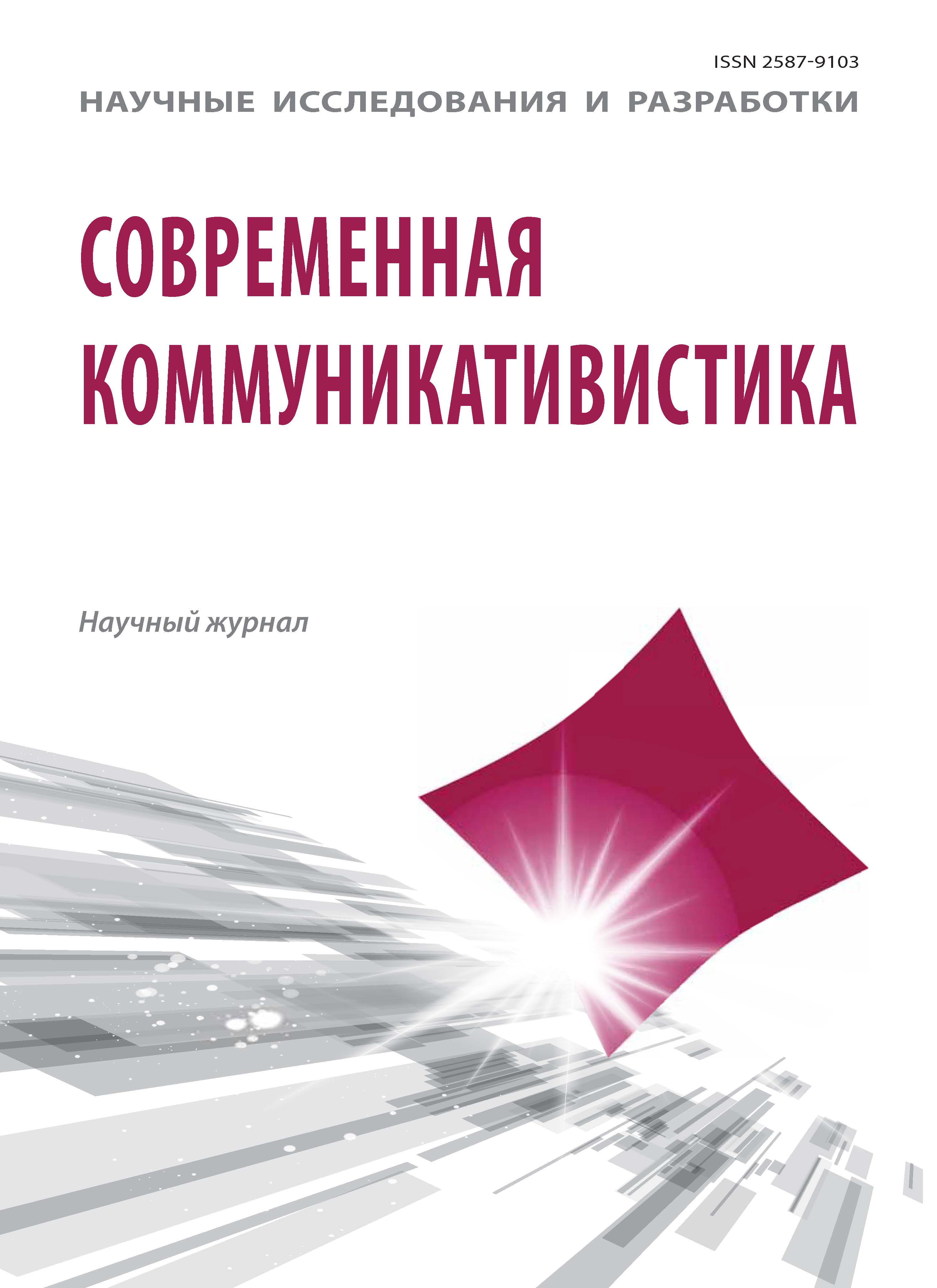Russian Federation
The undeniable connection between language and culture allows us to study culture through language, which opens up new possibilities for understanding the mentality of other nations. A typical feature of English, and in a broader sense British, character along with the value of privacy, fair play and tolerance to other nations, is suppressing emotions and their public expression, or stiff upper lip, which is reflected in the English language. Based on examples from English literature, in this article we demonstrate, how the cultural characteristics of a nation get representation in the language. The authors conclude that the emotional restraint is verbalized not only through direct nominations, but also through the description of characters’ actions, with the help of elliptical constructions, irony and understatement.
ethnolinguistics, mentality, linguocultural concept, stiff upper lip, emotions.
Этнокультурное направление в изучении языков и менталитета народов уже заняло и все увереннее занимает свое заслуженное значимое место в современных лингвистических, и шире, лингвокультурологических исследованиях.
1. Abaev V.I. Ponyatie ideosemantiki [The concept of ideosemantics]. Yazyk i myshlenie [Language and thinking]. Moscow, AN SSSR Publ., 1948, pp. 18-28.
2. Vezhbitskaya A. Yazyk. Kul’tura. Poznanie [Language. Culture. Cognition]. Moscow, Russkie slovari Publ., 1966.
3. Vezhbitskaya A. Semanticheskie universalii i opisanie yazykov [Semantic universals and description of languages]. Moscow, Yazyki russkoy kul’tury Publ., 1999.
4. Gumilev L.N. Etnogenez i biosfera Zemli [Ethnogenesis and the biosphere of the Earth]. LGU Publ., 1989.
5. Dzhioeva A.A. Antropotsentrizm i etnotsentrizm kak komplementarnyy fenomen v izuchenii yazykov i kul’tur [Anthropocentrism and ethnocentrism as a complementary phenomenon in the study of languages and cultures]. Kognitivnye issledovaniya yazyka [Cognitive studies of the language]. 2016, V. 27, pp. 715-719.
6. Dzhioeva A.A. Kontseptualizatsiya mira v angliyskom leksikone [Conceptualization of the world in the English lexicon]. Inostrannye yazyki v vysshey shkole [Foreign languages in higher education]. 2016, V. 39, I. 4, pp. 8-16.
7. Katsnel’son S.D. Tipologiya yazyka i rechevoe myshlenie [Typology of language and speech thinking]. Moscow, URSS Publ., 2002.
8. Pesina S.A., Druzhinin A.S. Antropotsentricheskie faktory leksicheskoy mnogoznachnosti (na primere polisemanta arm) [Anthropocentric factors of lexical polysemy (on the example of polysemant arm)]. Vestnik Bryanskogo gosuniversiteta [Bulletin of the Bryansk State University]. 2016, I. 4, pp. 199-203.
9. Pesina S.A., Druzhinin A.S. Kognitivnyy i antropotsentricheskiy podkhod k protsessu kommunikatsii [Cognitive and anthropocentric approach to the process of communication]. Vestnik Bryanskogo gosudarstvennogo universiteta [Bulletin of Bryansk State University]. I. 3, 2016, pp. 161-165.
10. Sosedova V.S. Sposoby verbalizatsii lingvokul’turnogo kontsepta StiffUpperLip [Ways of verbalization of the linguocultural concept StiffUpperLip]. Sbornik Magiya INNO: novoe v issledovanii yazyka i metodike ego prepodavaniya Materialy Vtoroy nauchno-prakticheskoy konferentsii [Collection of Magic INNO: new in the study of language and methods of teaching it Materials of the Second Scientific and Practical Conference]. 2015, pp. 443-448.
11. Darwin C. The Expression of the Emotions in Man and Animals [Text] / C. Darwin. London: WATTS&CO, 1948.
12. Maugham W.S. The Painted Veil [Elektronnyyresurs] / W.S. Maugham. Available at: http://www.e-reading.me/book. php?book=127592 (PV).
13. Wierzbicka A. Emotions across Languages and Cultures: Diversity and Universals. Cambridge: Cambridge University Press, 1999. 349 p.







